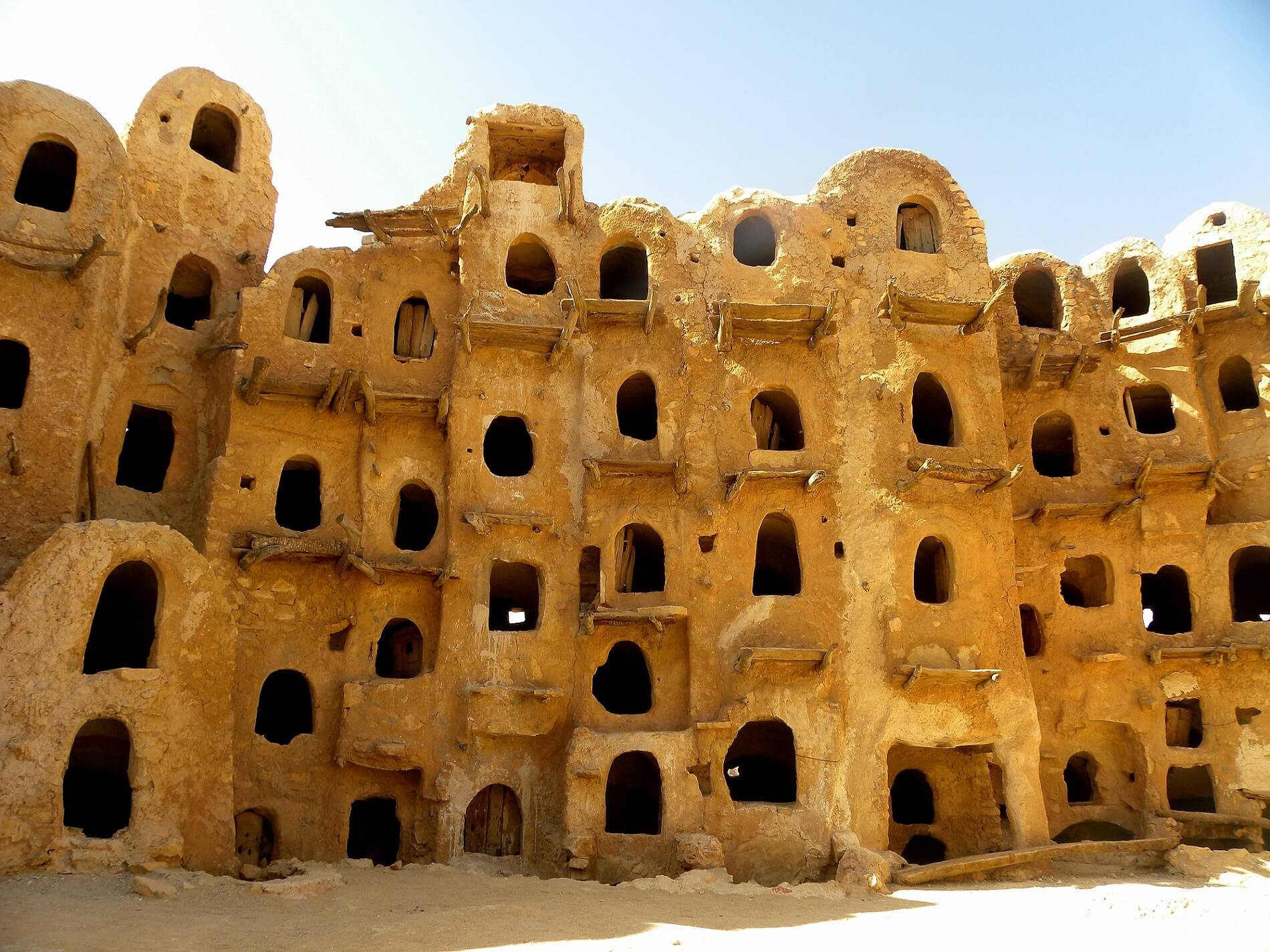Political turmoil and widespread demonstrations were registered throughout last week in Libya in a number of towns and villages whose tribes and population have traditionally been affiliated with the Qadhafi regime. Crowds rallied against the harsh sentences handed down on a number of Qadhafi-era officials by a court in Tripoli, waving the green flag of the Libyan Arab Jamahiriyya alongside pictures of the late Colonel Qadhafi. This occurred even in Sirte where a women-only demonstration ended up being violently dispersed by IS militants.
Last week’s demonstrations marked the first instance where symbols from the old regime were openly employed by large numbers of protestors in post-Qadhafi Libya to voice their discontent. These protests, however, should not be seen as mere demonstrations against the sentences handed down on Saif al-Islam and other key regime figures, but rather as demonstrations against the current status quo inside the country. The violent escalation that events had in Sebha when Misratan troops intervened to disperse the crowd does not bode well for future reconciliation inside the city, nor at the national level.
On the contrary, the issue of disenfranchised communities who were part of the old regime’s backbone is one that has so far remained largely unaddressed, even at the level of UN negotiations. UNSMIL and international stakeholders at this stage appear in fact more desperate to get any deal out of the negotiations process, rather than busy getting a good one standing. Fadil Aliriza discussed the built-in flaws and limits of the current agreement in an article for Foreign Policy last week:
There are no illusions about the deal’s flaws. For one, the GNC, one of the major parties to the conflict, didn’t sign it. Negotiators are trying to fix that, and they may well succeed. But that isn’t the only problem. The politicians who signed don’t have control over the armed forces that are linked to them. Many observers say the GNC would have signed if not for pressure from its militias allies. Indeed, in both Tripoli and in Tobruk, armed groups — the real power-brokers — have either criticized or expressed skepticism about the deal.
Despite these glaring issues, the mere fact of an agreement after several years of steady deterioration in security and the political order seemed to offer hope. Many greeted the deal with cautious optimism. Diplomats have been brainstorming how to expand and support it. It’s easy to understand the sentiment. One of the sharpest analysts of Libyan politics, Wolfram Lacher, had a grim assessment:“There is no Plan B.” But building a strategy around a flawed agreement with weak support is that it could spark even more violence. A bad peace deal could be bad for peace.
However, as resentment and hardships continue to pile on entire cities and communities who are perceived as supporters of the old regime, the risk of further polarisation should be taken in consideration, particularly as some of these communities could resort to join radical groups in a bid to re-gain a better socio-economic and political status in the country. The consequences descending from ignoring and marginalising Qadhafi' supporters communities could hence be devastating for Libya going forward, not just by reinforcing the divide between the pro-lustration and anti-lustration camps, but also by encouraging the raicalisation of marginilised actors.
An interesting read on issues related to this is Aaron Zelin’s latest piece for the Washington Institute on IS growth in Sirte’s region. As argued by Zelin, a key dimension underpinning IS growth in Sirte's region is represented by the discontent of local tribes, communities and power groups who are equally disillusioned with both national-level blocs and do not have prejudices against IS. In some cases, certain groups and individuals have even proved willing to pledge alliance to IS, much along the lines of what occurred in Iraq with ex-ba’athists joining IS and its previous incarnations in large numbers. Zelin writes:
The week after the al-Nawfaliyah takeover, ISL began making bolder moves in Sirte city, taking the radio station, the Wataniya television studio, the immigration center, Ibn Sina Hospital, the University of Sirte, and local government buildings. By then it controlled more than half of the city and had installed a local leader: Usamah Karamah, a relative of a former senior Qadhafi intelligence officer.(...) But ISL will become a far more formidable force if it is able to link its territory in Sirte district to the central Jufrah district, which has the Mabruk oil field and the town of Waddan -- a key supply line for Fajr between Misratah and Sebha districts and a pivotal crossroads for various criminal networks that ISL hopes to take over. The group is also attempting to co-opt more pro-Qadhafi tribes in the Fezzan region further south.

